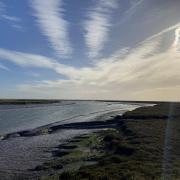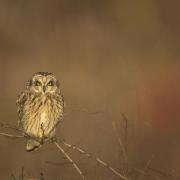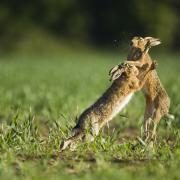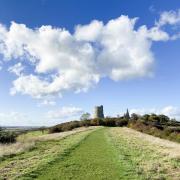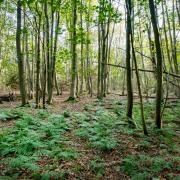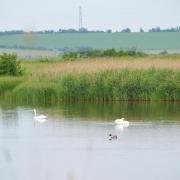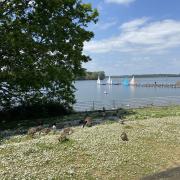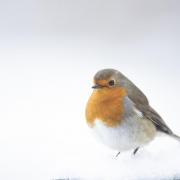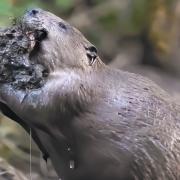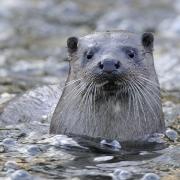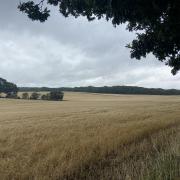At the west end of Canvey Island, down Northwick Road, Canvey Wick is a unique ex-industrial site. In the 1960s, this 93 hectare site was due to be commissioned as an oil refinery, but due to various reasons it didn’t go ahead. Much of the site had also been used to dump sediments dredged from the Thames. This resulted in silty, sandy and gravelly areas, rich in shell fragments.
Over the last 30 years, scrub started to dominate some areas resulting in the loss of open ground and wildflowers; however the site is now being managed to maintain a mosaic of habitats, including sandy banks, dry grassland, wet grassland and bare concrete. As a result, the site was abandoned and nature took over creating a home for biodiversity. In the summer of 2014, Canvey Wick was opened as one of the RSPB’s South Essex reserves.
The Land Trust, Buglife and the RSPB have been working together to restore and maintain this special place ensuring that it remains a safe haven for important Thames Terrace insects. These treasures include the brown-banded carder bee, the five-banded weevil wasp, the Canvey Island ground beetle (exclusive to Canvey island) and the scarce emerald damselfly.
But it’s not just about the invertebrates! In spring and summer, whole swathes of Canvey Wick burst into colour. Some of the most spectacular plants to be seen are the orchids. Four species that particularly flourish on the site are bee orchid, pyramidal orchid, common spotted orchid and the southern marsh orchid — you can spot these beautiful flowers along the orchid trail.
Seasonal highlights of birdlife at Canvey Wick this month include woodpeckers, waders and finches. In October the green woodpeckers will call as they bolt from cover to fly across open ground in their distinctive up and down flight. The manic laughing call and distinctive looping flight distinguish this large woodpecker from our other native species.
Oystercatchers will also fly in over Holehaven creek, their high call is a feature of habitats near estuaries and the sea. They are a large, stocky black and white wading bird, with orange-red bill and reddish-pink legs. In flight it shows a wide rump that extends as a V between the wings.
Lastly, goldfinches will move in to take advantage of seeds left by perennial plants such as teasel. Watch out for hedgerow birds including wrens and blue tits fluttering among the scrub and stonechats can be heard making their distinctive call and seen flickering their wings as they perch.
If you would like to visit Canvey Wick but don’t know where to start, you could join the team on a Wildlife Walk to discover some seasonal highlights on Sunday, November 15 from 10am until 12pm. A small charge of £3 for members and £4 for non-members applies. Booking is essential as places are limited so please call the RSPB South Essex Visitor Centre on 01268 498620 or email southessex@rspb.org.uk to book your spot. w






